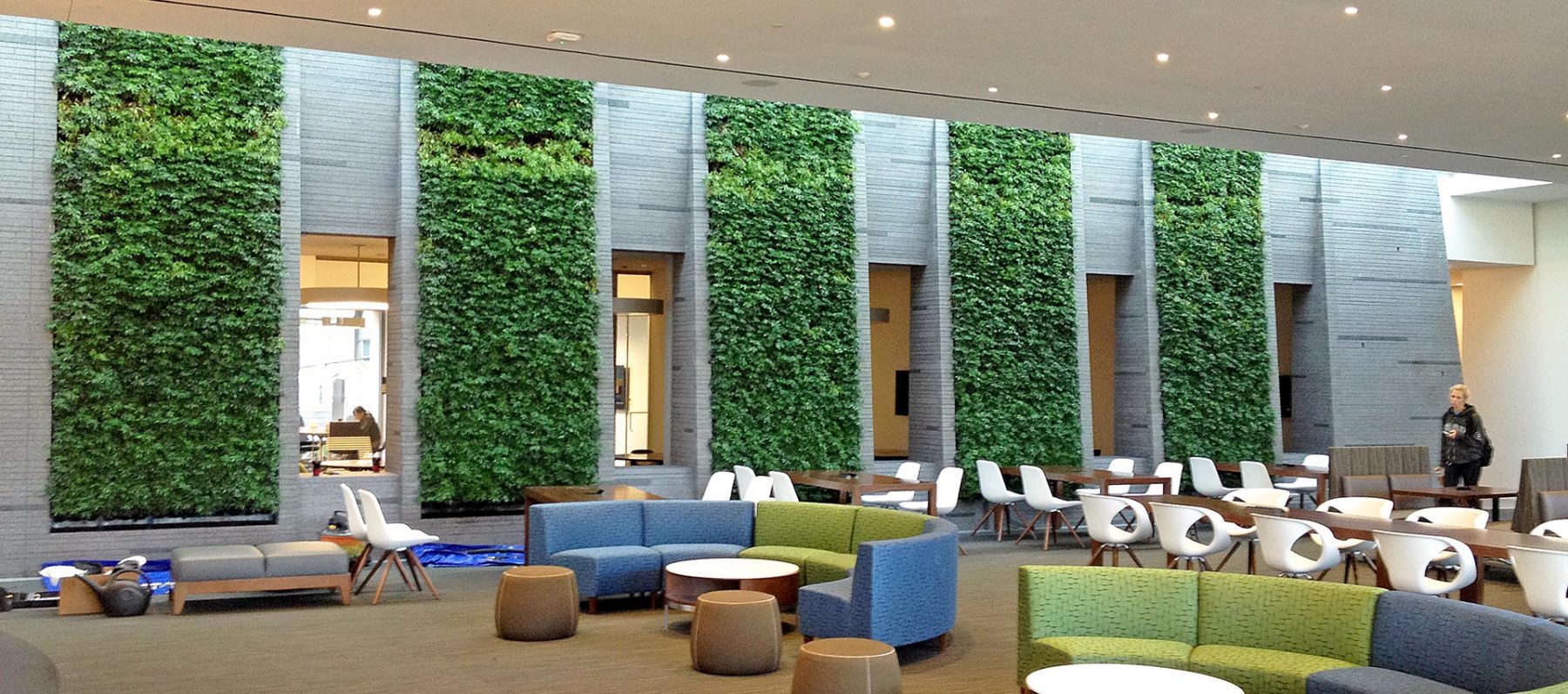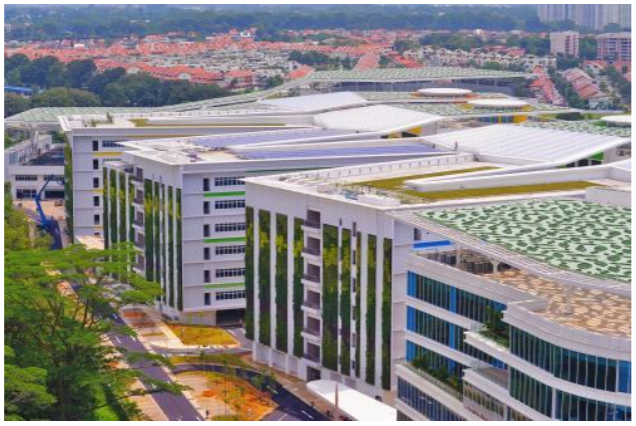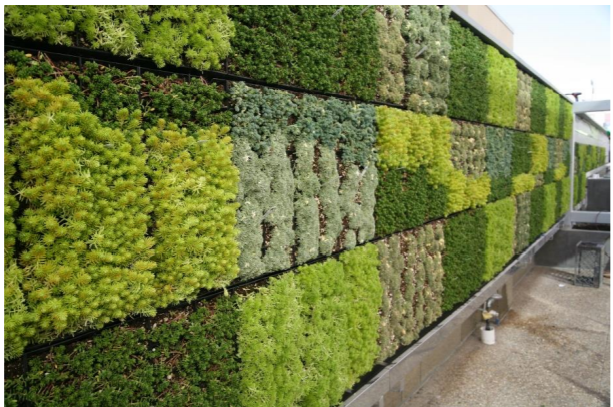In today’s society, anthropogenic climate change is a major concern due to the threat it poses to biodiversity, human health, and the current environment. Human activity since the industrial period has released high quantities of carbon dioxide and other greenhouse gases into the atmosphere, especially through the burning of fossil fuels, resulting in the deeply troubling increases in global temperatures (IPCC, 2014, p.8). Many organizations and policy makers are taking steps to reduce problematic emissions by encouraging the transition to cleaner sources of energy and less wasteful behavior. Colleges and universities are among these climate actors and are showing their support by developing climate action plans and promises to go carbon neutral in the near future. Lafayette College has been part of this movement for several years and, in 2019, the Office of Sustainability produced an updated climate action plan with the goal to achieve carbon neutrality by the year 2035 (2019 Climate Action Plan, 2019, p.3).
Although the construction of Lafayette Gardens was not part of this outlined plan, it will still play a significant role in the effort to make the campus more sustainable. Research in the field shows that green structures are associated with numerous benefits. Vertical gardens have shown to reduce air pollution by absorbing harmful particles, especially carbon dioxide, and noise pollution by its ability to affect sound dissemination (Ghazalli et al., 2019, p.9-10). They have also proven capable of acting as a passive system for energy savings, particularly due to a green wall’s ability to provide shadowing and insulation for the building, evaporative cooling capabilities, and a wind barrier helps improve a building’s overall efficiency. (Coma et al., 2017, p.229). Aside from the more technical benefits, our research revealed that green walls are incredibly multifunctional. For example, a well-maintained green wall can be used as a source of food by selecting edible plants for the vegetation type (Nagle et al., 2017, p.35), but it also creates shelters and habitats for various organisms including birds, pollinators, and even herbivores. The specific functions and environmental effects of the wall, however, are dependent on the selected plants (Chiquet, 2014, p.143-144; Chiquet et al., 2013, p.458). Green structures are also thought to be capable of improving academic performance according to the Attention Restoration Theory and Stress Recovery Theory, both of which imply that nature can have a positive impact on an individual’s mental state and brain functionality (Hodson & Sander, 2017, p. 17-18; McCullough et al., 2018). Any economic benefits that arise from the wall will typically stem from previously mentioned environmental or technical benefits (Sheweka & Magdy, 2011, p.595). While there are various criticisms directed towards green structures, many of which express concern about cost, risk, or functionality, it has been made clear that careful research and preparation can result in a successful system (Riley, 2017, p.230). Fortunately, this form of tentative optimism has made it possible for green walls to steadily grow in popularity.
There are numerous examples of living walls throughout the world, all of which use similar structures but have unique appearances. Among the different types of vertical garden structures, the two most common are the green façade, which implies that the plants start from the ground and grow up a wall, and the living wall, which refers to a structure that allows plants to grow off of the wall and its associated support system (Radić et al., 2019, p.2). In order to define the potential scope of Lafayette Gardens and understand the full capabilities of the structure, our project team investigated numerous locations that already have successful living walls. One such wall is located in a residence hall at Georgetown University. Motivated by its capabilities in sustainability, the school turned to the company GSky to develop the 828 square foot interior living wall using a pot system known as VersaWall (Figure 1.1) (GSky Green Wall at Georgetown University – Washington, DC, 2014).

Another case, which consists of several living walls that span a total of 57,307 square feet, is located at the Institute of Technical Education HQ & College Central in Singapore. The massive project that had been inspired by the school’s efforts to be “eco-friendly whilst offering a conductive learning environment” was constructed using a modular panel system provided by the company Elmich (Figure 1.2) (Institute of Technical Education HQ & College Central, Singapore, 2018; VersiWall GM, 2020).

One final example is found at the Thomas Jefferson School of Law in California which chose to implement a green wall for its aesthetic appearance and sustainable nature. Located on the buildings terrace, the wall spans 85 feet and consists of panel system provided by GreenScaped buildings (Figure 1.3) (TJSL’s Green Wall Is Here!, 2011).

The growing trend of living walls, in addition to the sustainability efforts present on many college campuses inspired our team to develop a design that would expand the wall’s benefits into the surrounding space through the use of pollinator gardens. The current design of Lafayette Gardens will certainly be capable of assisting Lafayette’s Climate Action Plan in its quest to improve air quality and biodiversity by acting as a miniature model of what sustainability looks like on campus.
Click here to proceed to Chapter 1 – Introduction: Why Acopian?
